Segursign, an evolutionary leap for electronic and digital signature
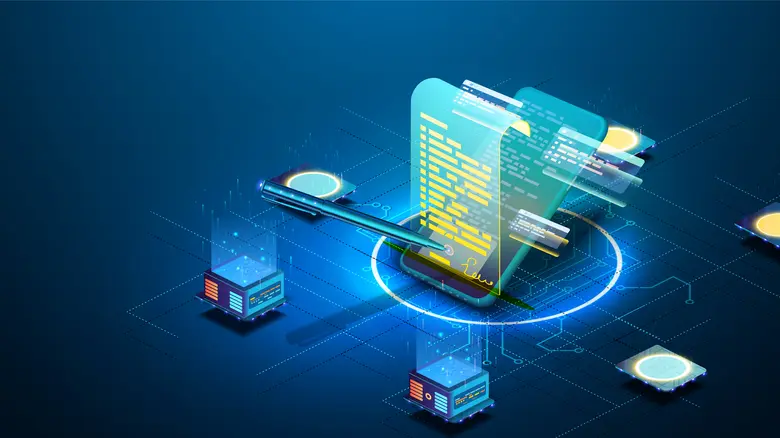.webp)
Companies seek efficiency in their processes through technology, but many of them are conditioned by global requirements that must be respected and add complexity. Therefore, something as supposedly simple as a digital signature solution from the user's point of view becomes a headache for companies that have not yet digitised this signature process.
That is the leitmotif of Segursign, an electronic signature and digital signature software designed and developed by the Content Services area of CREAD (Center for Robotization, Excellence, Automation and Digitization), at Prosegur AVOS.
Segursign started out as a pilot in the Human Resources department of the Brazilian branch, the Group's largest market. This business unit produces more than 200,000 annual documents predominantly in the electronic signature category: i.e. the user who signs provides evidence of their identity, whether their handwritten signature on a mobile or tablet, the device IP or its geolocation.
Once that phase had matured, Content Services adapted the software to digital signature, for which the authenticity of signers and documents is verified by official certifications recognised by law. The European Union having recognised Prosegur as a qualified provider to provide the service for both types of signatures in any community country, not only in Spanish territory, the company has already used its software for more than 250,000 annual signatures, and it now has its sights set on Portugal and Germany.
In the future it does not rule out its extensive use throughout Latin America, with a focus on adapting to the type of certificates and the legal requirements demanded by each of the countries in the region. According to Pascual: "Apart from technological strength, most importantly it must be a software with a flexible design, which can be adapted to any national or EU regulations".
Beyond the competitive and technological advantages offered by a tool such as Segursign, we must not lose sight of the positive impact it has on the environment. The 250,000 contracts signed in a year translate into:
- 1 million watts saved.
- 13,000 kilos of CO2 avoided.
- More than 150,000 litres of water not used.
- 900 kg of waste not generated.
- 5 tonnes of wood saved.
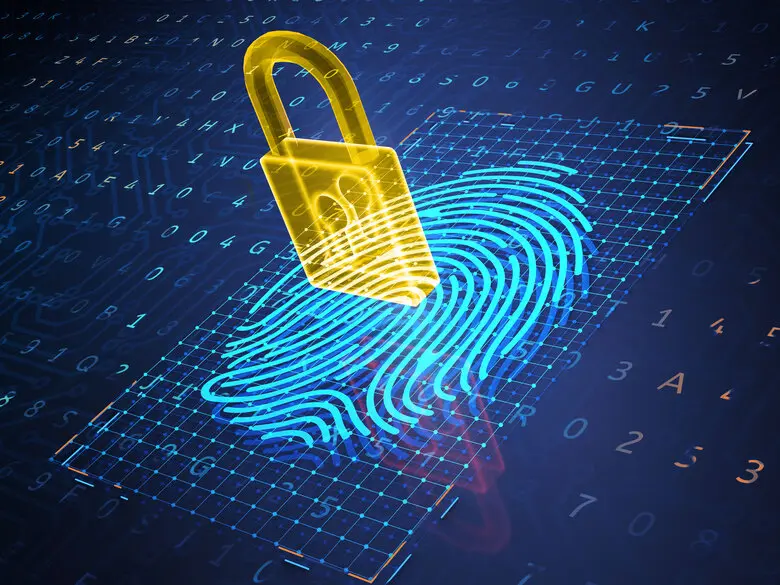.webp)
The service model pursues several competitive advantages:
Savings, costs and rates. The Group's technological capacity and its large portfolio of potential clients allow it to apply a logic of economy of scale, delivering any product buyers a very competitive final price. In addition to these cost savings and the fact that it complements the technology portfolio aimed at process management, Pascual explains that it has another key advantage: "This type of solution mitigates a risk that is not uncommon in companies: the loss of paper documents, for which they can be fined".
Environmental impact. The mass use of digital documents also implies significant paper savings, with a positive impact both on costs and on the reduction of the carbon footprint.
Technological synergies. Segursign is integrated into an ecosystem of "framework services such as the Document Management Solution, another proprietary development and an almost unprecedented option in this technological niche", according to Pascual. At the same time, it feeds on the Group's knowledge of physical security and cybersecurity, including internal audits to guarantee shielding and trust that meets the demands of our customers. Digitisation also involves an increasing number of transactions with digital signatures. This way Segursign can contribute not only to digitisation but also to the profound digital transformation of business processes.
Internal and external usability. It has been designed to be as simple as possible for both for the internal employee in charge of programming the service templates (with parameters such as signers, send or do not send SMS, add-on clauses, etc.) and for the customer-company for the multi-device implementation and the configuration adapted to their business, for example, the registration of customers, policies, contracts or procedures of insurance companies and financial entities, among other sectors.
Progress and potential. This is a live product, on which a multidisciplinary team is working to make it a market reference.
The next step towards reaching that goal will be to integrate technologies such as artificial intelligence (AI) to strengthen security against document manipulation or certify the authenticity of signers. To do this, resources such as facial or voice identification, natural language processing or compatibility with Alexa and other virtual assistants will be used.
Technological... and environmental efficiency
In this context, Prosegur's accrued experience and the certainty that this demand would continue to grow in all markets led us to the decision to develop our own software
After years of working with different digital signature solutions, the arrival of the pandemic, the rapid digitisation process and working from home -three closely interconnected factors- saw the digital signing of documents, such as contracts or employee hires and departures, take off.
"In this context, Prosegur's accrued experience and the certainty that this demand would continue to grow in all markets led us to the decision to develop our own software ", explains Pablo Pascual, director of the Content Services area. They created an initial product for internal use, but without ruling out the idea of turning it into a new service to offer to customers in the medium term.
200,000 documents per year: objective accomplished
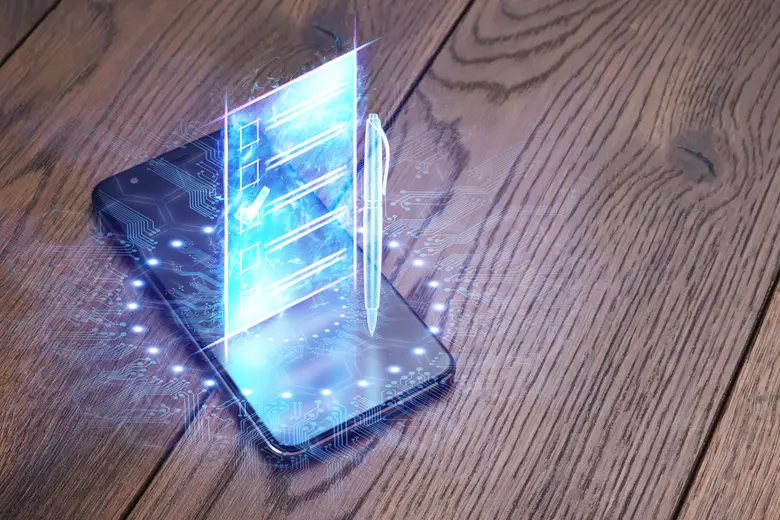.webp)

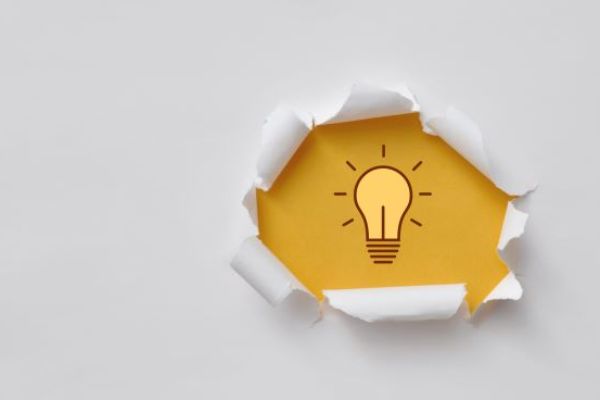
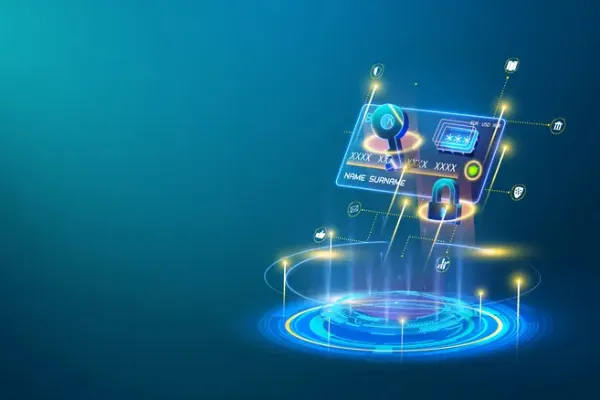
.jpg)
.webp)
%20(2).jpg)